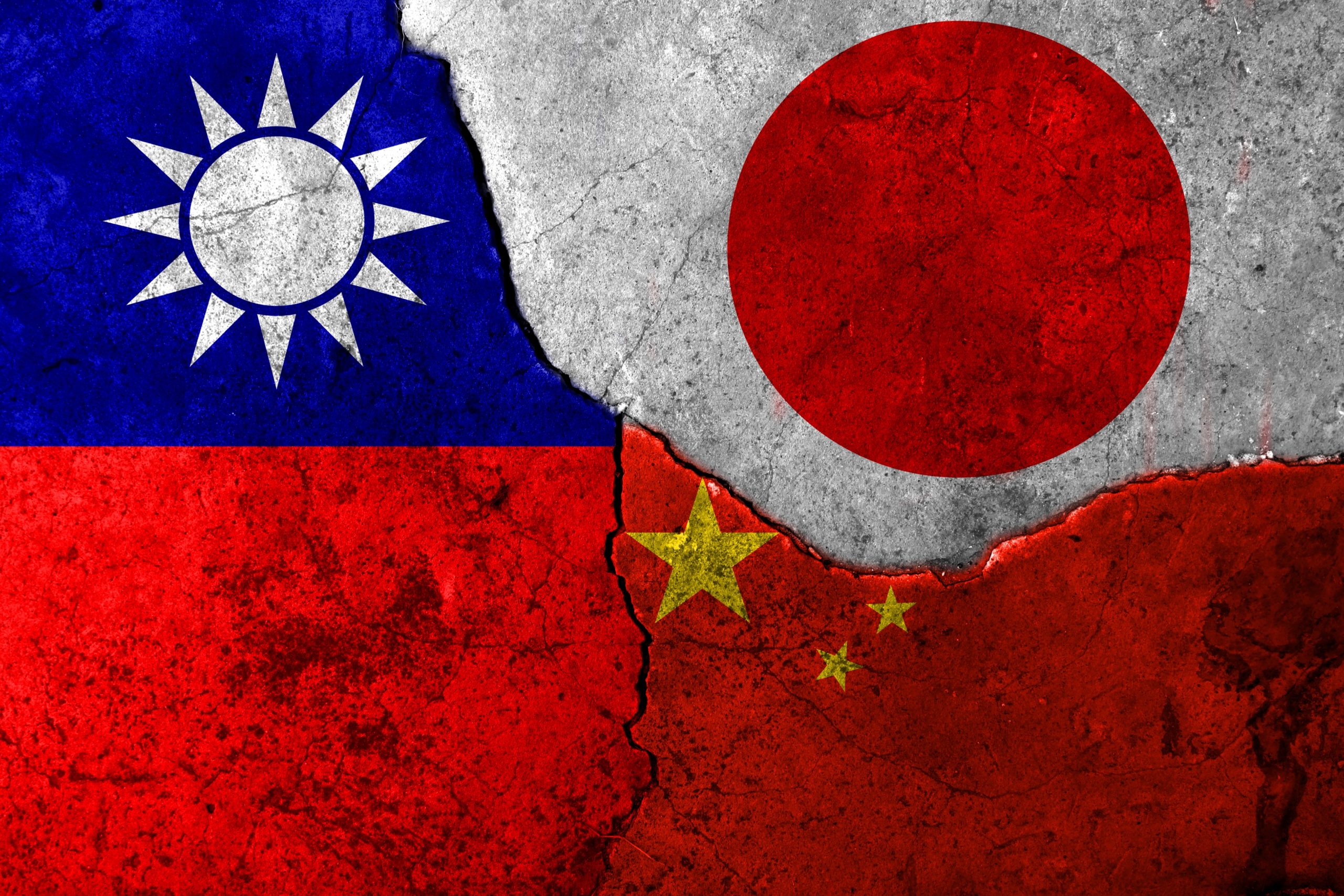[ad_1]
Brussels – The race is on.
As columns of Russian troops began pouring into Ukraine nearly two months ago, the United States and its allies started supplying Kyiv with weapons and equipment for what many expected to be a short war: sniper rifles, helmets, medical kits, encrypted communications, lots of bullets and the portable, shoulder-held Stinger and Javelin missiles that quickly became icons of the conflict.
Defying the odds, Ukraine held on to its capital and pushed Russia from the north. Now, as the Kremlin switches gears and begins a concerted effort to capture eastern Ukraine, Washington and its allies are pivoting as well, scrambling to supply Ukraine with bigger and more advanced weapons to defend itself in a grinding war.
The West is focused on sending longer-range weapons like howitzers, anti-aircraft systems, anti-ship missiles, armed drones, armored trucks, personnel carriers and even tanks — the type of arms that President Joe Biden said were tailored to stop “the wider assault we expect Russia to launch in eastern Ukraine.”
“The steady supply of weapons” has helped “ensure that Putin failed in his initial war aims to conquer and control Ukraine,” Biden said last week. “We cannot rest now.”
Then, after a video call with allies on Tuesday, Biden told reporters that the United States would send more artillery to Ukraine. He is expected to announce a new military aid package for Ukraine in the coming days, according to a person briefed on his plans. The aid amount will be on par with the $800 million package of weapons and artillery that was announced last week, the person said.
But the strategy comes with a notable risk: antagonizing Russia so much that it ignites a wider, international conflict.
Russia recently sent a formal warning to the United States, saying that Western deliveries of the “most sensitive” weapons systems to Ukraine could bring “unpredictable consequences.”
U.S. officials say the warning shows that the weapons being sent are making a big difference on the battlefield. So, for Washington at least, concerns about supplying arms that Russia might consider “escalatory” have ebbed — as has the initial worry that Ukraine will use longer-range weapons, like jet fighters, to attack Moscow itself and set off a bigger war.

Officials in Washington are now grappling with how much intelligence to give the Ukrainians about bases inside Russia, given that the Ukrainians have already made small helicopter raids on Russian fuel depots. The White House has also held back on supplying some weapons that could strike Russian forces across the border, like rocket artillery, ground attack planes and medium-range drones.
Some argue the Americans are being too cautious.
“Seven weeks ago, they were arguing over whether to give Stinger missiles — how silly does that seem now?” said retired Lt. Gen. Frederick B. Hodges, the former top U.S. Army commander in Europe. “We have been deterred out of an exaggerated fear of what possibly could happen.”
Anxiety about provoking a wider war persists among some NATO allies, most visibly in Germany, which worries that supplying Marder infantry-fighting vehicles, considered one of the world’s best armored vehicles, could be perceived by Russia as making Berlin and NATO parties to the war.
Robert Habeck, an influential minister in Germany’s new government, has said that supplying tanks would be an escalation and should be a matter of consensus within NATO and the European Union. “Heavy weapons are synonymous with tanks, and all NATO countries have so far ruled this out to not become targets themselves,” he said.
But these are sovereign — not alliance — decisions, and Washington and numerous allies are shipping such weapons anyway, concentrating on supplying Soviet-era weapons that the Ukrainians know how to use, along with Western arms the Ukrainians can absorb fairly easily.
Russia is striking Ukraine with abandon, complicating the flow of these newer weapons from Ukraine’s western borders with Poland, Romania and Slovakia to the battle in the east. That presents another risk: that Russian attacks could also stray across the Ukrainian border and hit NATO countries, “every inch” of which Biden has vowed to defend militarily.
How this logistical race goes could well shape the outcome of the war.
Russian forces, having suffered an embarrassing retreat from northern Ukraine and the suburbs of the capital, Kyiv, are repositioning for what the Kremlin and Ukrainian officials call a pivotal offensive to take eastern Ukraine.
Unlike many of the earlier battles, this one is expected to feature more tank battles on open ground, more long-range artillery and more weaponized drones.
The Western effort is both sprawling and expensive, with as many as 30 countries, not all of them members of NATO. The push now is to get countries with Soviet-era tanks, artillery and perhaps even fighter planes to provide them to Ukraine, with the promise that the United States will replenish them with more modern, Western-made arms in return. There is an especially acute need for Soviet-bloc standard 152-millimeter howitzer shells, since NATO uses a different, 155-millimeter shell.
The United States has also agreed to provide some 155-millimeter howitzers, along with 40,000 matching rounds, while trying to buy Soviet-standard ammunition from countries that use it, including nations outside Europe, like Afghanistan and even India, a long-standing buyer of Russian arms.
But that is not enough, Hodges argued. “We are still not thinking big,” he said. “We are still not thinking in terms of Ukraine winning.”

Unlike the early part of the war, when many countries seemed to compete to announce what they were providing Ukraine, the current race is being run largely in secret.
Much of the coordination, including how to get materiel into Ukraine, is being handled through the United States European Command, or EUCOM, based in Stuttgart, Germany, and through a blandly named International Donors Coordination Center set up with the British.
The command said that it established a “control center” to coordinate weapons and humanitarian assistance “from around the world” for Ukraine in early March. But it declined to discuss the details.
The Pentagon gave a hint, saying that the State Department had authorized transfers to Ukraine of American-provided defensive equipment from more than 14 countries this year.
But nations are trying not to advertise to Moscow exactly what is being provided. France says it has supplied 100 million euros of military equipment to Ukraine, without specifying what it has sent. Some countries have no desire to goad the Russian bear.
A clear example was the confusion over reports that Poland had supplied more than 100 Soviet-era T-72 and T-55 tanks to Ukraine. Poland refuses to confirm any such shipment.
Not all nations are being coy. The Czech government says it has supplied Ukraine with T-72 tanks and BMP-1 armored vehicles, while the Slovak government has made a big show of supplying a Soviet-era S-300 anti-aircraft missile system.
As for Germany, part of the problem is that its own supply of working armor is so low that it has little to spare. Beyond that, learning to operate a modern British, American or German tank can take up to six months, while Ukrainian fighters would have little difficulty operating familiar Soviet-era armor.
“We don’t really have time to get a lot of heavy American armor into Ukraine, and there isn’t time to train the Ukrainian military,” said Robert Gates, a former U.S. defense secretary. “But there is a lot of former Soviet military equipment still in the arsenals of the East European states.”
The United States, he said, “ought to be ransacking the arsenals” of former Warsaw Pact countries for armor and anti-aircraft systems, “with a promise from the U.S. to backfill over time with our equipment to our NATO allies.”
That is exactly what the United States is racing to do, Pentagon officials said, describing their own efforts to persuade the Slovaks to provide the S-300 missile system to Ukraine. On March 9, Defense Secretary Lloyd Austin began speaking with their defense minister, Jaroslav Nad, and has agreed to send in Patriot batteries to replace it.

Similar conversations are taking place with other allies that have Soviet-era weapons and ammunition, the officials said. The Americans say they are also speaking several times a day with their Ukrainian counterparts about what Ukraine wants and needs, and what Western countries think they can best provide.
Ukrainian President Volodymyr Zelenskyy repeatedly expresses gratitude for the aid but wants more, sooner. He admitted to being fed up with listing the same set of requirements over and over again to different national interlocutors, telling The Atlantic in Kyiv: “When some leaders ask me what weapons I need, I need a moment to calm myself, because I already told them the week before. It’s Groundhog Day. I feel like Bill Murray.”
There are also supply issues with Western weapons, like the older Stinger anti-aircraft missile or the Javelin anti-tank missile.
The Pentagon has urged manufacturers to ramp up production. So far, some 7,000 Javelins have been given to Ukraine, about a third of the total American inventory, which will probably take three or four years to replace, wrote Mark F. Cancian of the Center for Strategic and International Studies in Washington.
Last week, the Pentagon met with leaders of eight large military contractors, like Raytheon Co. and Lockheed Martin Corp., to discuss how to overcome any supply problems – both to replenish American weapons stocks that have been drawn down to help Ukraine and to keep Kyiv in the fight. The two companies together make the Javelin, and Raytheon makes the Stinger.
The United States alone has spent or allocated some $2.6 billion worth of such materiel since the war began Feb. 24, and the European Union has provided €1.5 billion ($1.6 billion). But there is no prospect of U.S. or NATO troops going to the aid of Ukraine, officials say. The West is providing the weapons and intelligence — and cheerleading from behind.
The known list of what has been provided already is long, and there is little doubt that supplies from NATO countries — and the training of Ukrainian forces after Russia seized Crimea in 2014, not to mention Ukraine’s tenacity and adaptability — have surprised the Russians, badly damaged their morale and extended the war.
In the months leading up to the war and afterward, the United States and its allies have sent Ukraine 25,000 anti-aircraft weapons and 60,000 anti-tank weapons, including 10,000 provided by Washington, Gen. Mark A. Milley, chairman of the Joint Chiefs of Staff, told Congress last week.
The United States has also provided more than 50 million rounds of ammunition, 7,000 small arms, 75,000 sets of body armor and helmets, and night-vision goggles, encrypted radios, armored trucks and personnel carriers, largely drawn from pre-positioned U.S. military stockpiles, much of it in Europe, according to the latest public list from the Pentagon.
Since the invasion, the Pentagon has cranked up its vast logistical and transportation network. Within four to six days after the White House approves a transfer of weapons from American military stockpiles, the Pentagon has been able to load the materiel onto cargo planes and fly it to about half a dozen staging bases in countries near Ukraine, chiefly Poland and Romania.
From there, U.S. officials say, the weapons and equipment are loaded onto hundreds of trucks and shipped into western Ukraine using a variety of overland routes. John Kirby, the Pentagon spokesperson, said it takes about 24 to 48 hours for the weapons to make their way from the staging areas into the hands of Ukrainian troops.
“Eight to 10 flights a day are coming into the region, not just from the United States, but from other nations as well,” Kirby said. “That stuff isn’t sitting around.”
Despite repeated threats to do so, the Russians have rarely tried to stop this flow of Western materiel into Ukraine. Pentagon officials say the Russians have been busy fighting in other parts of the country and fear Ukraine’s air defenses. “That flow still continues,” Kirby said.
Britain, which has been more public about its contributions in the post-Brexit period, has supplied about $588 million of materiel, including anti-tank and anti-ship missiles and long-range artillery.
Training the Ukrainians on new equipment in the middle of a war is a challenge, though. About a dozen Ukrainian soldiers were already training in the United States, and the Pentagon has taught them to use modern armed drones, like the 700 or so Switchblade drones that Washington is now providing.
Military officials call the weapon, which is carried in a backpack, the “kamikaze drone,” because it can be flown directly at a tank or a group of troops and is destroyed when it hits the target and explodes.
Bigger armed drones, like American-made Predators or Reapers, would be difficult for Ukrainians to fly and would be easily destroyed by Russian fighter planes. But Pentagon officials said the small, portable kamikaze drones could prove more cost-effective and elusive against Russian armored convoys.
After the White House announced the latest $800 million tranche of weapons for Ukraine last week, Kirby said that American soldiers would train Ukrainian forces in neighboring countries to use some of the newer, more sophisticated equipment Washington is providing, like radar systems, as well as the 155-millimeter howitzers and 11 Mi-17 helicopters.
“We’re aware of the clock, and we know time is not our friend,” he said.
This article originally appeared in The New York Times. © 2022 The New York Times Company
In a time of both misinformation and too much information, quality journalism is more crucial than ever.
By subscribing, you can help us get the story right.
SUBSCRIBE NOW
[ad_2]
Source link




















